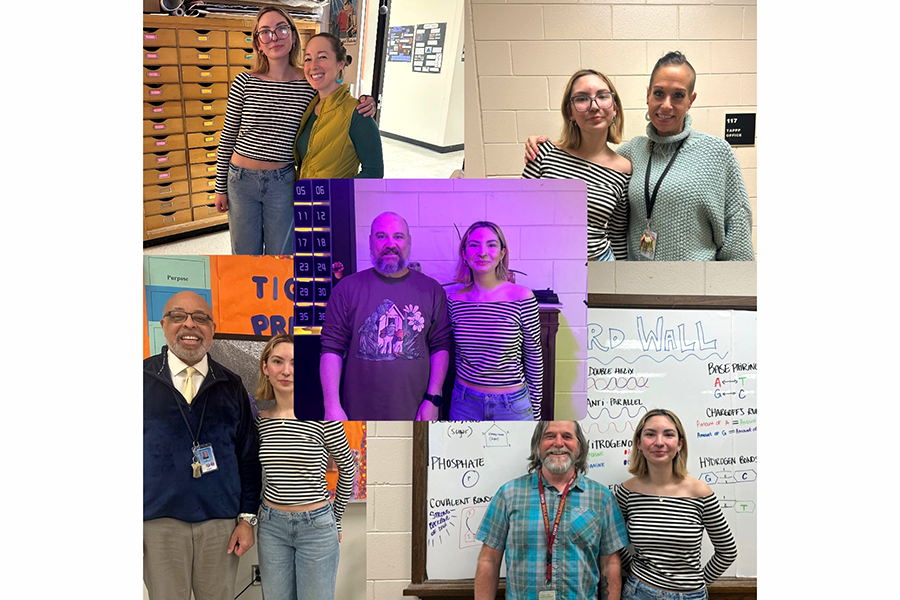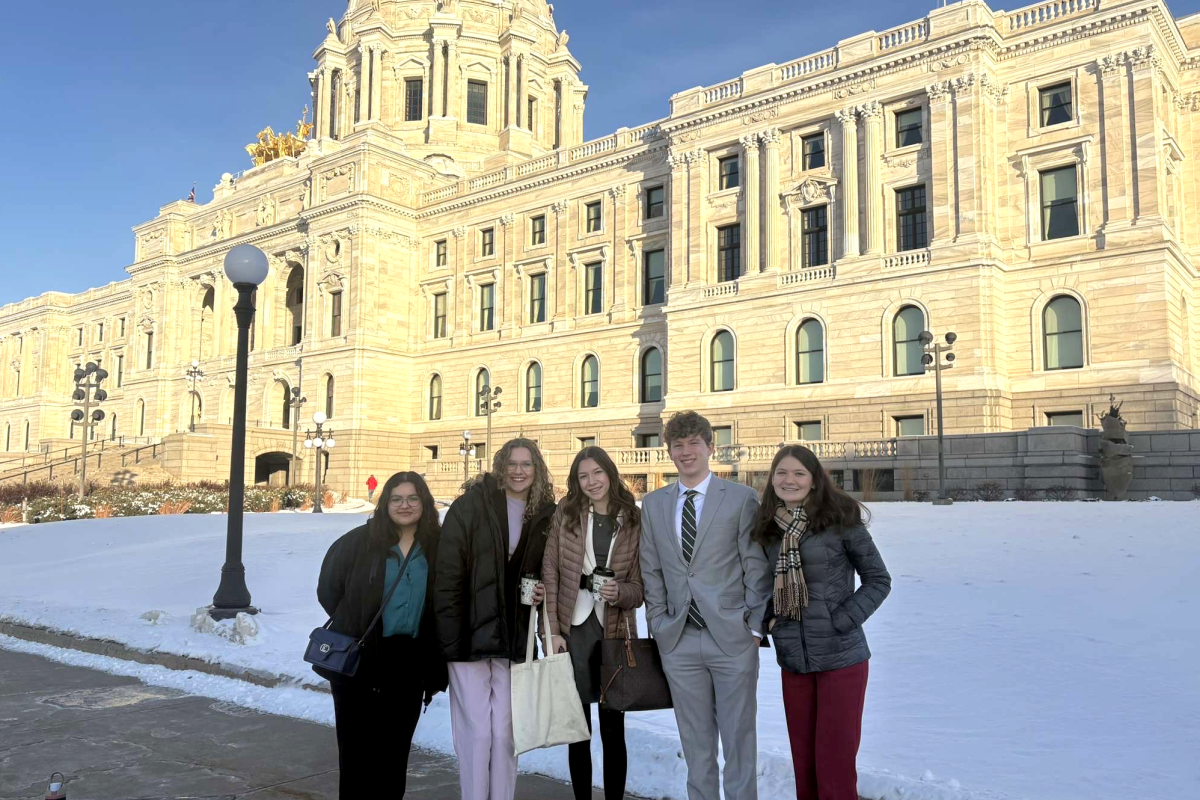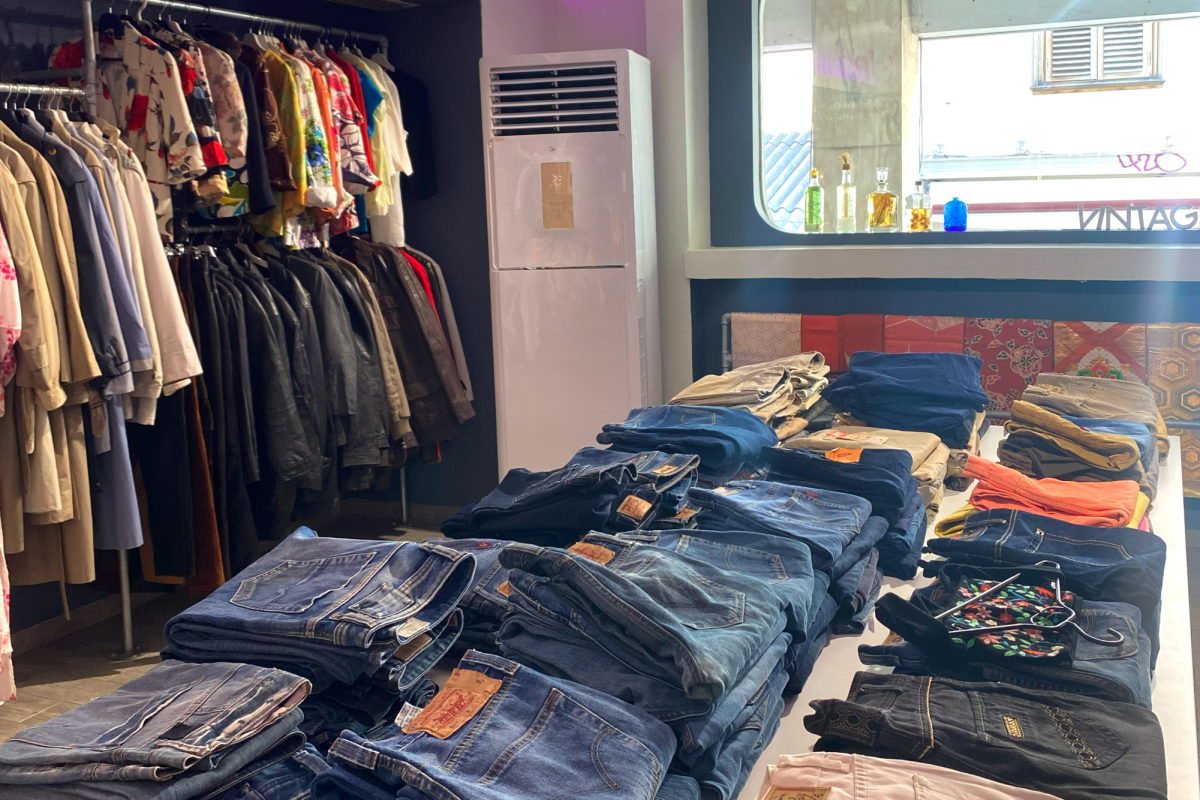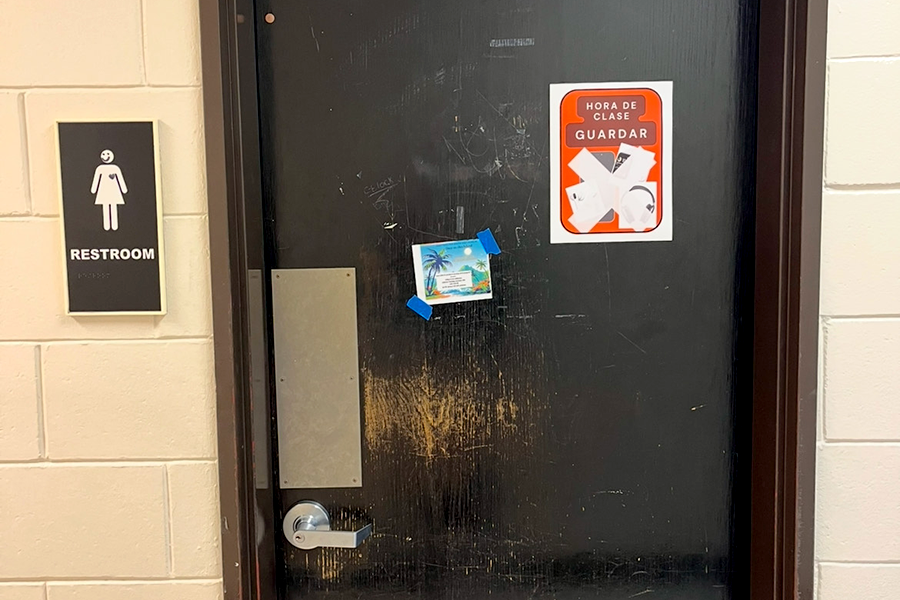“I like the burgers,” said Hesham Attia, senior, who moved to Minneapolis from Egpyt this past August. “[In Vietnam] we don’t eat a lot of food with cheese [like] pizza,” Hmong Le, senior says. She moved from Vietnam in February of 2008. These students are few out of many students that emigrate to South from around the world.
Attia left Egypt with his mother and brother. They moved to Minneapolis because of better job opportunities for Attia’s mother, who majored in mass media and communications. Attia finds himself liking Minneapolis more than he liked Egypt, partly because of the city’s “many parks”. “My mom likes all the green space.” he said.
“The people [are the same],”continued Attia. “The shopping malls are the same too. Other than that, everything is different.”
Like Attia, sophomore Juan Romero has never experienced a Minnesota winter. He moved from Educador with his older sister a little over six months ago. His mother had been living here since he was four. “It was so exciting to see her again,” recalls Romero. He and his sister had been living with their father after their parents separated. His mom married an American man, and applied for her visa. Now, almost all Romero’s family is living in Minnesota.
Romero’s mom wants him and his sister to be able to finish out their studies here in the US. “The most beautiful things about Minneapolis are the lakes,” said Romero. But Romero misses Educator, despite the beauty of the lakes. “All of my life was there. I miss my friends, my dog, my soccer team.”
But when Le moved from Vietnam, she was stunned by the snow and temperature of February in Minneapolis. This was quite a shock from the warm climate of Vietnam, where she lived with her mother, father and little brother, who now goes to Seward Montessori. Her family moved to the United States because of the free education the US offers. In Vietnam, you have to pay for your education, and in a family of two children, the expenses are high. “[The education] is easier, and my mom won’t have to pay a lot for it. She won’t have to think a lot about our education, so she can focus on work.”
Nicole Schneider is the English Language Learner coordinator at South High, as well as an English teacher. When working with ELL students, Schneider uses different teaching strategies to support their success in learning. “A lot of time, American schools are different,” said Schneider. Instead of working on memorization and worksheets, American schools tend to work towards a product, which can be a big switch for some students.
Language barriers can add an extra challenge. “Some of [the students] will get put into classes they’re not ready for, and it’s trying to get them to that point.” Schneider likes to see students, who speak the same language work together, using their first language. She hopes that they are able to translate this knowledge into English. “It takes about ten years to be immersed in the language, to really fully understand it, especially academic language.”
Le has faced some of these challenges as a student at South. In her math class, she sometimes finds it hard to understand. “When you do some problem, and you have to read and understand it, it’s so hard for me to understand. So that’s why English is a big trouble when you first move here.”
Heather Lyons also works as an ESL/ELL teacher. What Lyons finds to be a struggle for her students is to understand the difference between social English, and academic English. Lyons said that many students are very good at social English, but it’s understanding the difference between the two that is the hard part.
In many cultures, looking adults in the eye is considered disrespectful. Lyons sees this is one of the biggest transitions that students have to make. Working with groups is another new idea to some students. Since many immigrant students are used to being taught by lectures, and group work is something they haven’t done before.
Despite the new opportunities available in the U.S., there are parts of their home countries that they miss. “I’m glad to live here, because I can get a better education, but it’s kinda sad because I miss my friends,” said Le. “I want to go back after college,” says Attia. “But only to visit.”
Once Romero graduates high school, he wants to apply for college here in Minnesota. He plans on majoring in architecture or mechanics. But once he finishes college, he wants to go back to his home, in Ecuador. “I’m going to see my friends again. I’m going to see how my country changed.”






